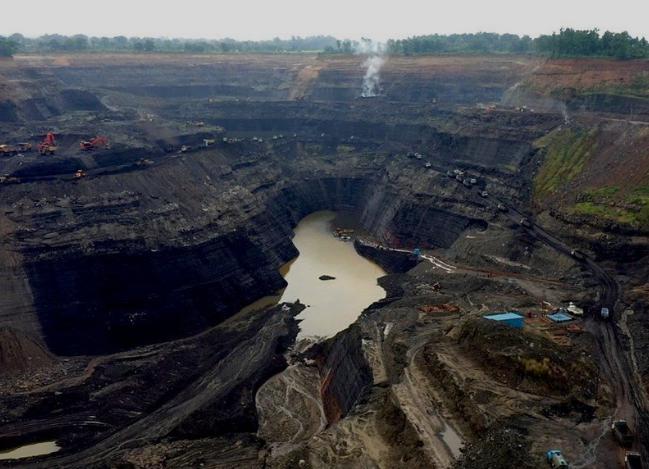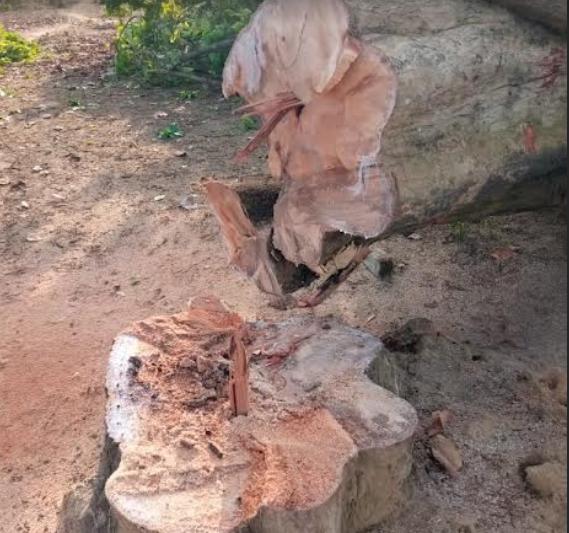Three years on, India’s cheetah reintroduction struggles with poor science, delays, and missed grassland goals. In September 2022, the arrival of eight cheetahs from Namibia to Kuno National Park was hailed as a conservation milestone. Five months later in February 2024, 12 more spotted cats arrived from South Africa. The initiative, branded Project Cheetah, carried lofty ambitions. It aimed not just to restore the world’s fastest land animal to India’s landscapes, but to revive open natural ecosystems (ONEs) — the grasslands, scrublands, and savannahs that are among the country’s most neglected habitats. By reintroducing a top predator, policymakers hoped to spark wider conservation attention, diversify India’s wildlife portfolio beyond tigers and forests, and make ecological amends for a human-caused extinction. The Cheetah Action Plan set out a clear roadmap: import 5–10 cheetahs annually for a decade, create a metapopulation across multiple states, secure and restore grassland hab...
Promises made by Prime Minister Narendra Modi at the Cop26 climate change summit in Glasgow in November 2021 seem to contradict actions taken by his government back home. Amidst protest and litigation, millions of trees are proposed to be axed for the projects including coal, diamond mining and river linking projects in Chattisgarh and Madhya Pradesh. After protests against Ken Betwa River linking project threatening the very existence of a tiger reserve and voices against diamond mining in Madhya Pradesh, indigenous people in Hansdeo Arand, one of the richest bio-diverse Indian forests located in Chattisgarh, hold protests to save their “home”- a pristine virgin Sal forest. An estimated four and half lakh trees are expected to be axed to make way for coal mining in the jungle, an important wildlife corridor which is also the origin of the river Hansdeo. All this is happening when Climate Change has become a reality.
The Environmental Warning India Should Have Not Ignored
For millennia, Hasdeo is one of the largest contiguous stretches of dense virgin forests in central India amd its jungles are spread over 170,000 hectares and has 23 coal blocks underneath it representing one of the largest coal reserves in India with estimated deposits of 5.18 billion tonnes of coal. Hasdeo forests also connect the Achanakmar-Kanha Tiger Landscape. The corridor is used by iconic species like elephants and tigers, a report of the Wildlife Institute of India (WII) said. The same WII study in 2010 before the coal mining in Hasdeo using camera traps and sign -surveys recorded over 25 species of mammals including 9 Schedule-1 species (endangered animals accorded highest protection in India’s forest conservation laws). A conservative estimate of 40-50 elephants use different parts of Hasdeo Arand region with abnormally sharp levels of human-elephant conflict – itself a consequence of fragmentation of elephant habitat in other areas. Mitigation of any further disruption to elephant habitat would be “impossible”.The same study recommended the forests to be declared a “ no go” zone . But in 2013, the first coal block was allocated with a pretext that it was on the fringes of Hasdeo Arand.
There was a rider also- that no further mining will be allowed. India’s super rich Goutam Adani was the beneficiary. Though the coal mining sector in India is primarily state-owned, through the Coal India, this became the first privatized, commercial coal deal of its kind. It happened like this- in 2012, the government of India allotted PEKB or Parsa East Kente Basan coal block to Rajasthan government’s power generation utility, the Rajasthan Rajya Vidyut Utpadan Nigam Ltd, or RRVUNL which in turn made Adani group the mine developer and operator (MDO).Villagers call it “ owner ship” of Adani. The mining here was allowed in two phases, the first phase was for 15 years period till 2028 for 140 million tonnes of coal. After the first phase, the MDO was also responsible for afforestation and other ground work to restore area. Interestingly the second phase permission was also given, about 7years in advance. This was scheduled to be issued after 2028 !!
Activists allege that 2.5 lakh trees would be felled in the PEKB second phase mining project. Mining permits were also issued for Parsa coal block which would require cutting of additional 2 lakh trees. All this has happened in violation of norms, Alok Shukla, Social Activist and member of Convenor collective of Chhattisgarh Bachao Andolan said. “This would not stop here, more and more mines are going to be opened for Adani’s”, he said. Now the question is, the villagers sitting on dharna in Hasdeo Arand said, whether this is against the spirit of PM’s declaration in Cop26 in Glasgow? “When India promised to bring down its coal consumption by 50 % replacing it with renewable sources of energy. Then why open more coal mines marauding the forests of Hasdeo Arand.
Questionable Forest Cover
India has highlighted many times it wants to bring a third of its land area under forest cover, which can help absorb carbon. But it has not given a timescale for this - and progress has been patchy, the British Broadcasting Corporation (BBC) reports. “Although there have been replanting initiatives in the southern parts of India, the north-eastern region has lost forest cover recently”, the report said. And India plans to plant enough trees by 2030 to absorb an additional 2.5-3 billion tonnes of carbon from the atmosphere, it further said. Global Forest Watch (GFW) - a collaboration between the University of Maryland, Google, the United States Geological Survey and National Aeronautics and Space Administration (NASA) - estimates India lost 18% of its primary forests and 5% of its tree cover between 2001 and 2020.
The tree loss in Hasdeo Arand, Ken Betwa River Linking Project and the proposed diamond mining would further aggravate the situation. Over 23 lakh trees are likely to be felled in the river linking project in Panna National park where the project would take shape. This would also cost best of the tiger habitat in the national park. An estimated additional 2.5 lakh trees are proposed to be axed in a diamond mining project in Buxwah , a village in Chattarpur district bordering Panna. This project would affect a tiger corridor in Panna tiger landscape. India’s forest cover increase is also riddled in controversy.
Also read: India's Forest Cover : Up, Down Or Cover- Up
The government data indicates a 5.2% increase in forest cover between 2001 and 2019. The GFW report includes only vegetation taller than 5m (16ft) whereas India's official figures are based on tree density in a given area of land. Also in 2015, India promised to provide 40% of all electric power from non-fossil fuel sources by 2030. The prime minister has now increased this figure to 50%. Generation capacity from these sources stands at around 39% as of September this year, according to India's official statistics. But the actual amount generated in 2020 was lower at around 20%, according to the International Energy Agency (IEA).
The Road Ahead
In this energy hungry nation, progress often comes with a price. With a population of more than 1.3billion, India's energy needs are set to rise more than any other nation in the next twenty years, according to the International Energy Agency. And as the West urges India to reduce its carbon emissions, the focus remains on its reliance on coal, one of the dirtiest of fuels which is responsible for more than 70% of India's energy production. As many as four million people are employed directly and indirectly in India's coal industry, according to a recent report from the Brookings Institution. Majority of the coal reserves lie in the east - the so-called coal belt - in the backward states of Jharkhand, Chhattisgarh and Odisha- all tribal dominating states .
In these areas, coal also powers the economy. It's the lifeline of the local communities, some of them are India's poorest. It is indeed difficult for India to phase out the coal production and its use. India needs to chalk out a concrete plan how it would “phase down” rather than “phase out” the use of coal the coal based energy requirement, as promised by the Union minister for forest Environment and climate change Bhupender Yadav in Glasgow. But with millions of people dependent on the coal sector, National Foundation for India , says India needs a transition plan. And the absence of a clear “phase down” timeline means it leaves the text open to interpretation.
Banner Image: Deepak Patel,Bilaspur





Comments
Post a Comment